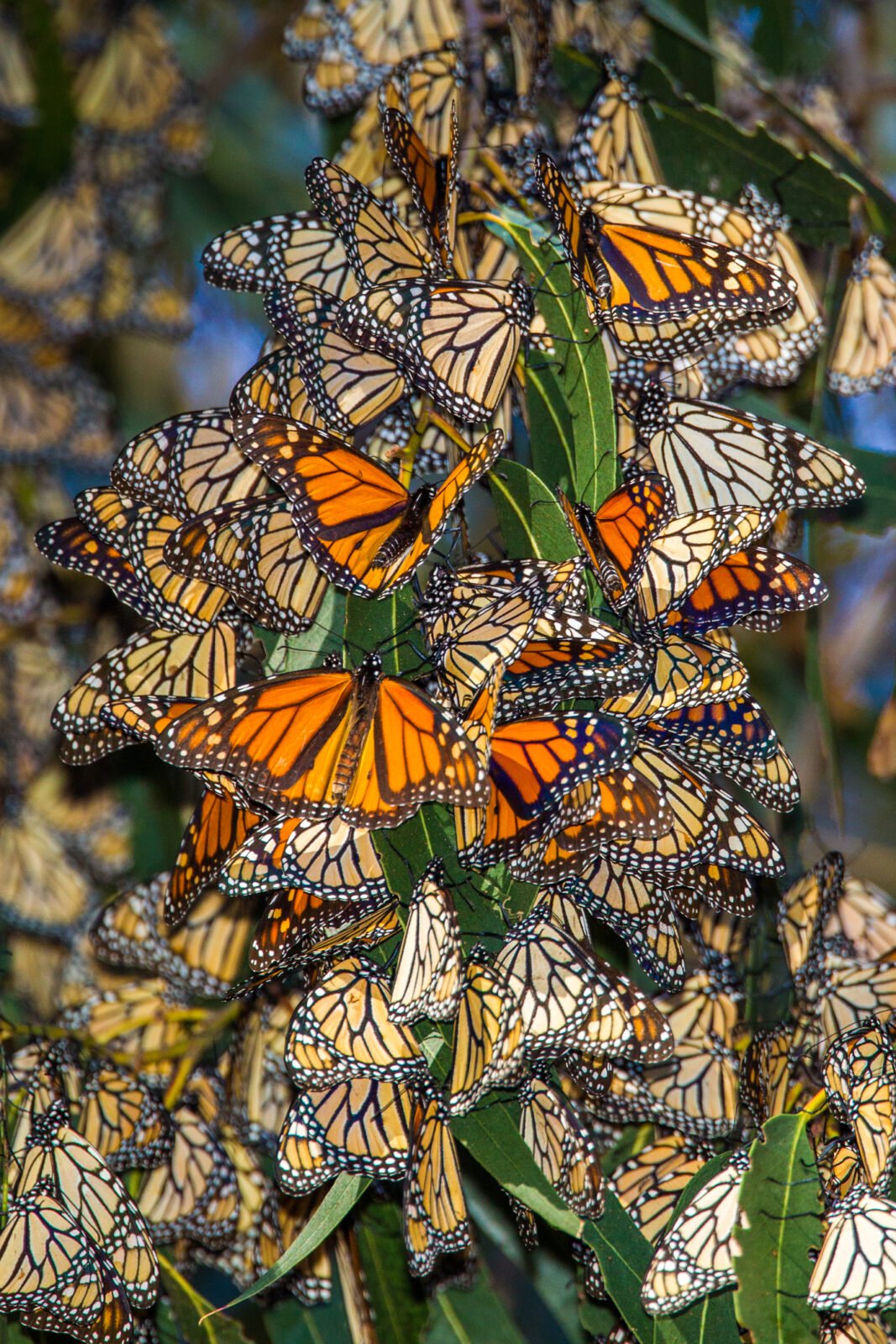
Native News Recap: 2022
Here’s a native news recap looking back at some of the biggest native plant news stories of the...
Designing with native plants is on the upswing in every neighborhood in the U.S. Changing how we design and plant our yards and properties has become a grassroots effort to change direction towards nature stewardship, embracing a positive impact on the environment as well as the personal health of every resident. Publicizing awareness of bee declines and native pollinators has generated a resurgence of interest in designing with native selections. Many people are interested in making an impact and doing the right things but don’t know where to start, so here are some helpful tips.
 |
Step 1: Know your site Is it sunny or in the shade? Is the soil, sandy, loamy, or mostly clay? How much rainfall do you get? What is the drainage like? What USDA zone are you in? Once you have determined these important features, you can pick the right plants for your site – for example, planting a moisture-loving Lobelia in a site that stays moist most of the year. Contact your local extension agent or University for a soil test at a minimal cost. |
Step 2: Observe Notice the native plant communities around you. On walks or hikes, get an idea of the vegetation in your area that exists in natural settings. Be aware of what constitutes an invasive plant. Native vegetation varies widely in different parts of the country. Step 3: Make a Wish List of Plants The best way to do this is to go to American Beauties Native Plants to come up with a wish list of possible native candidates that would be suited to your location. Plants are sorted by state, uses, sun exposure, foliage color, and bloom time. For instance, in my state of Maryland, there are 278 native plant selections listed. Descriptions, interesting facts, benefits, and growing information are included to give you plenty of information to make informed choices. If deer are a problem, choose deer resistant varieties.
 |
Step 4: Site Preparation Decide which plants you will keep and which you will remove and replace. Are there noxious weeds that need to be removed first? If you have problem weeds like bindweed or Bermuda grass, eliminate these weeds first before you establish your garden. If you don’t take this crucial step, you will be fighting a losing weed battle later. Careful use of natural herbicides, hand pulling, mowing, or smothering with newspaper or cardboard are all options that you can use for preparation. |
Step 5: Determine Your Budget A garden can be built in phases, and it is important to plan accordingly how much money and time you have to spend. Consider maintenance costs as well in the overall budget.
 |
Step 6: Don’t Forget Maintenance Many people are under the mistaken impression that native gardens are no maintenance. The first few growing seasons are especially important to devote to weed control when plants are small to make the later years’ maintenance easier. Use your plants as a living mulch to cover ground, leaving plants standing and amending the soil. |
 |
Step 7: Plant in Groups Group similar plants together. It is better to have a grouping of 3-15 perennials together to make a bigger impact than to scatter individual plants. Design for a succession of bloom so that you have flowering all season long. Important for the beauty of your garden, it is especially important to feed native pollinators and other insects throughout the growing season. Aim for at least 70-80% or more of native plants with other non-natives. |
 |
Step 8: Be Patient Don’t expect results overnight. It takes a few years for native plantings, especially trees and shrubs, to get established and look attractive. |
 |
Step 9: Create Diversity Crucially important is planting diversity with a mix of perennials, vines, trees/shrubs, grasses, and ferns. Think of your planting palette in layers. The understory layer is perennials and grasses, followed by shrubs, and the final would be the canopy of trees intermingled with vines throughout. Think about your garden in symbiosis with nature, a plant community attuned to the ecology of the site. |
 |
Step 10: Utilize Containers If you have little to no garden space, you can still make a difference by planting natives in containers. Many native plants overwinter fine in pots and you can grow a huge variety of beautiful ones on your deck or patio that you can move around to make the best display. |
| For a sample garden plan of a sunny site in average loamy to clay soil, I’ve included one of my butterfly/pollinator plans and call it Grow These for the Bees Garden Plan. Mahonia, or Oregon Grape, which is listed on the plan has been recently listed on the Invasive Species list. A great substitute would be American Holly (Ilex opaca) or Inkberry (Ilex glabra). Click here to order plants from Direct Native Plants today! |  |
Want to stay up-to-date with all of our Native News? Sign up for our email newsletter!
Claire is a horticulturalist and landscape design consultant. Owner of Claire Jones Landscapes, LLC, Claire’s designed gardens have been featured in print publications like WSJ and Style Magazine. A garden writer at The Garden Diaries, Claire maintains 3 honeybee hives and gardens at her home in Maryland.

Here’s a native news recap looking back at some of the biggest native plant news stories of the...
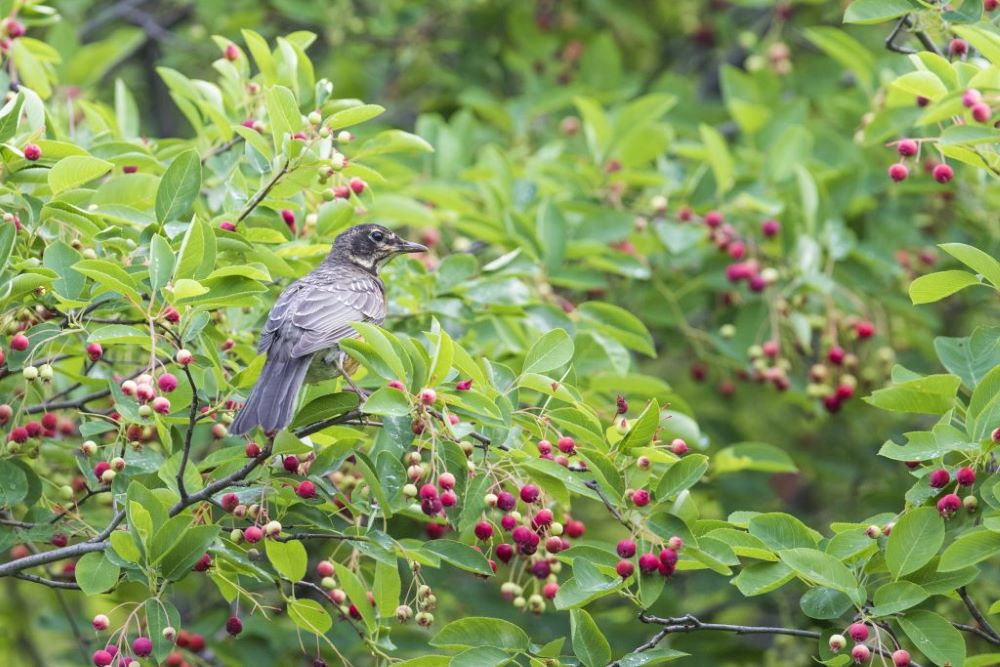
In the past we have emphasized the importance of keystone species in supporting bird populations,...
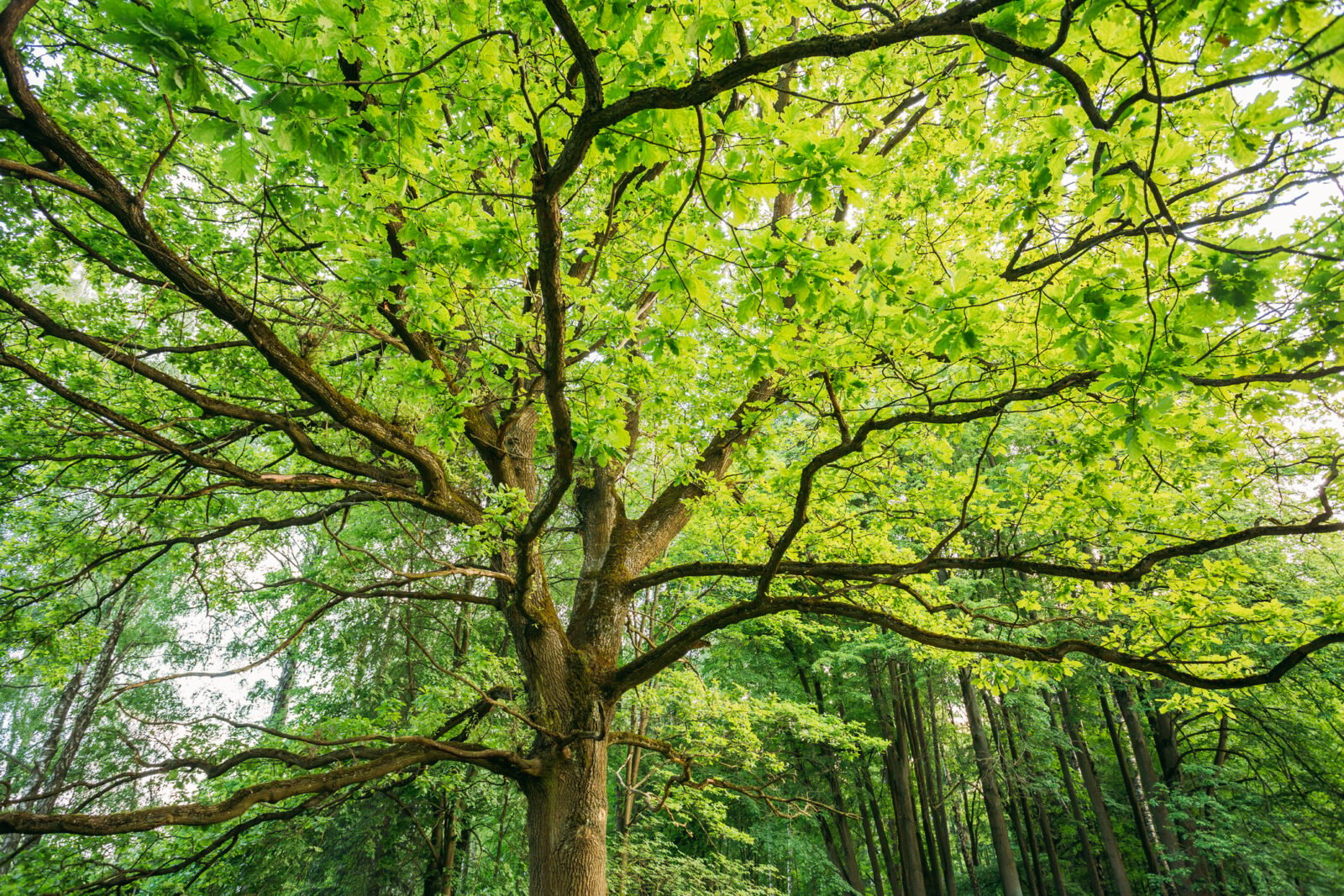
Perennials are the stars of most gardens, and no wonder! They provide a variety of shapes and col...
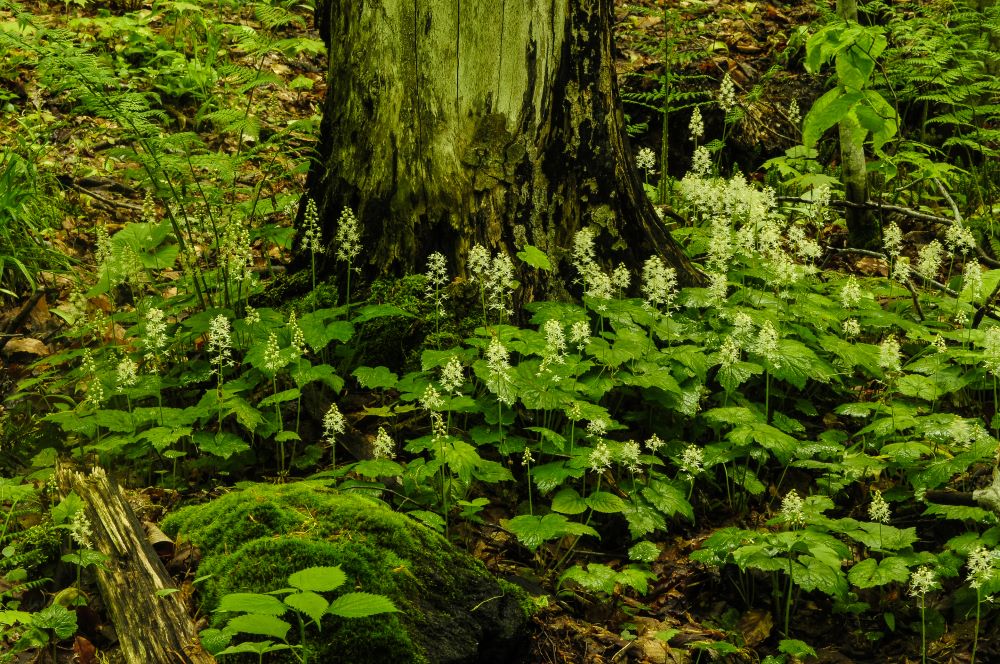
These native ground covers for shade make a perfect living mulch by holding in moisture, keeping ...
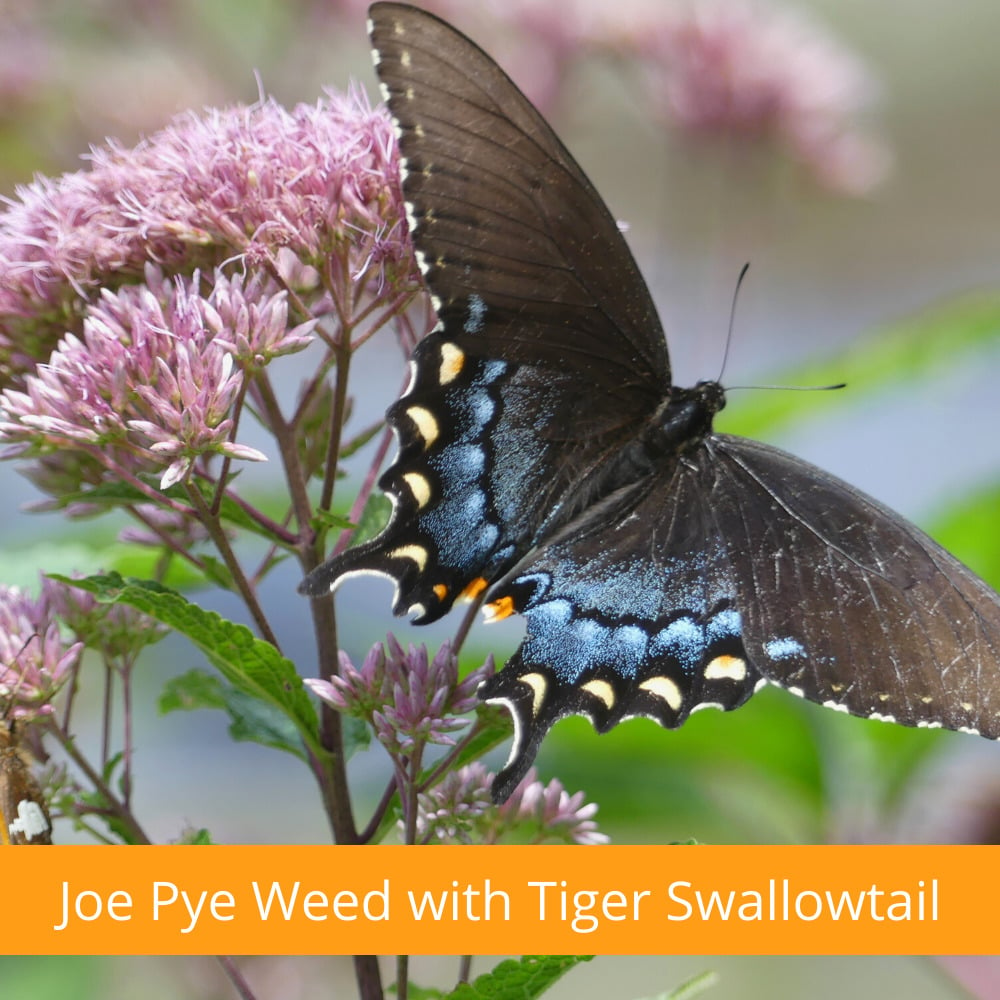
Gardening is ‘In’! Over the past two years gardening has suddenly become very popular with pe...
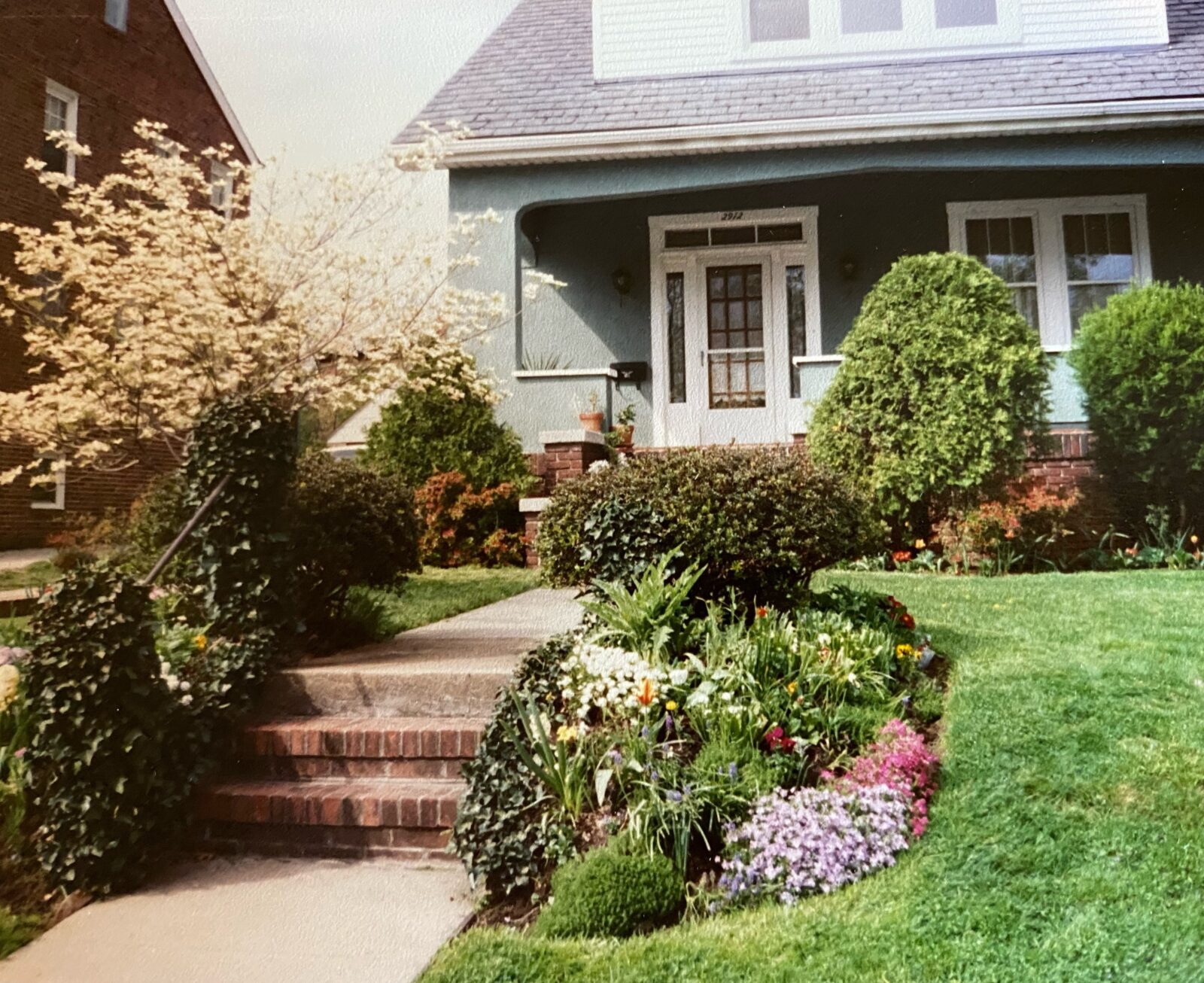
Mothers give us so much, but sometimes it takes a while for us to appreciate the gifts that we ca...
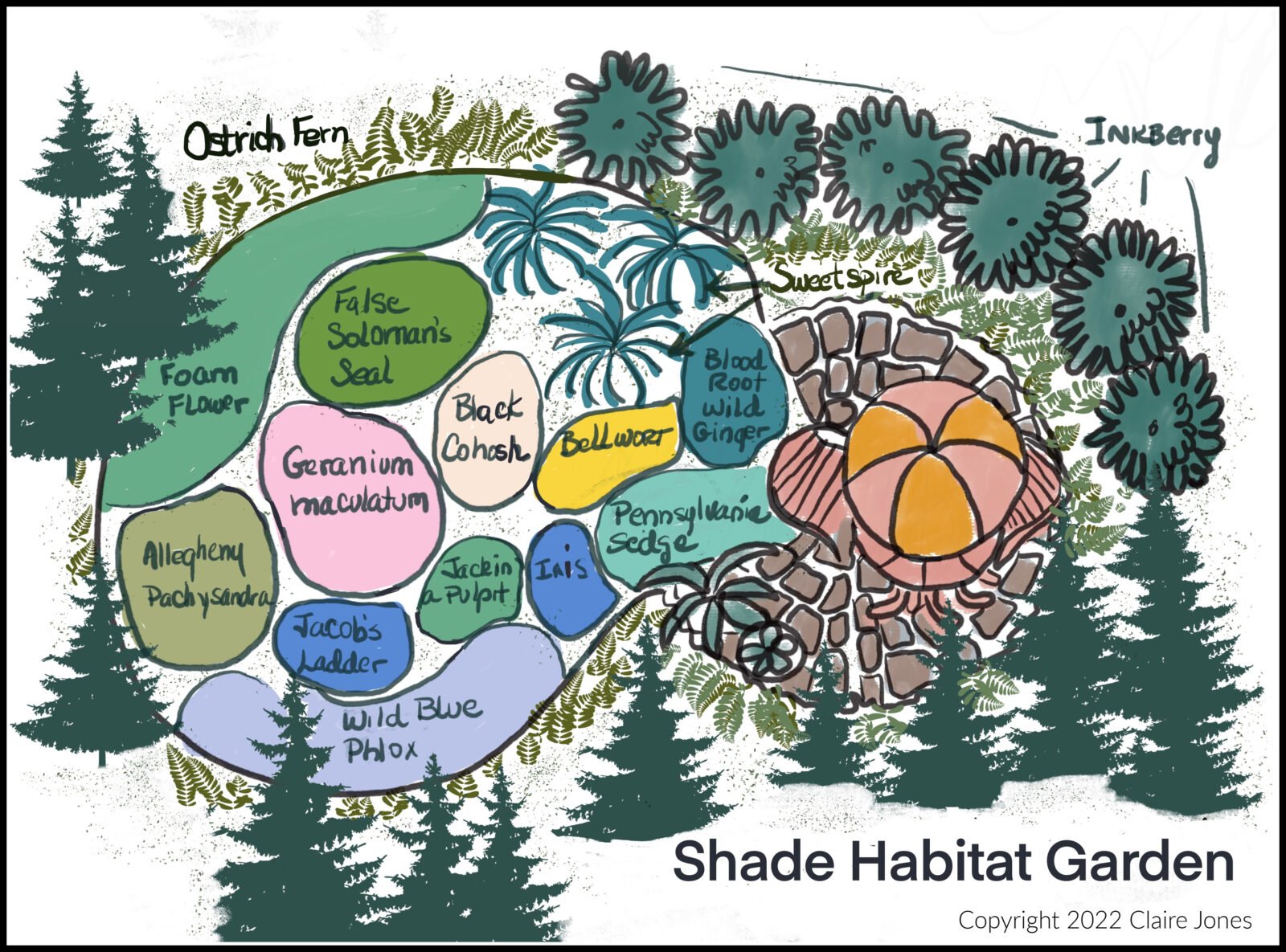
This is the second part of my Habitat Heroes Design series. The first part was a sunny garden of ...
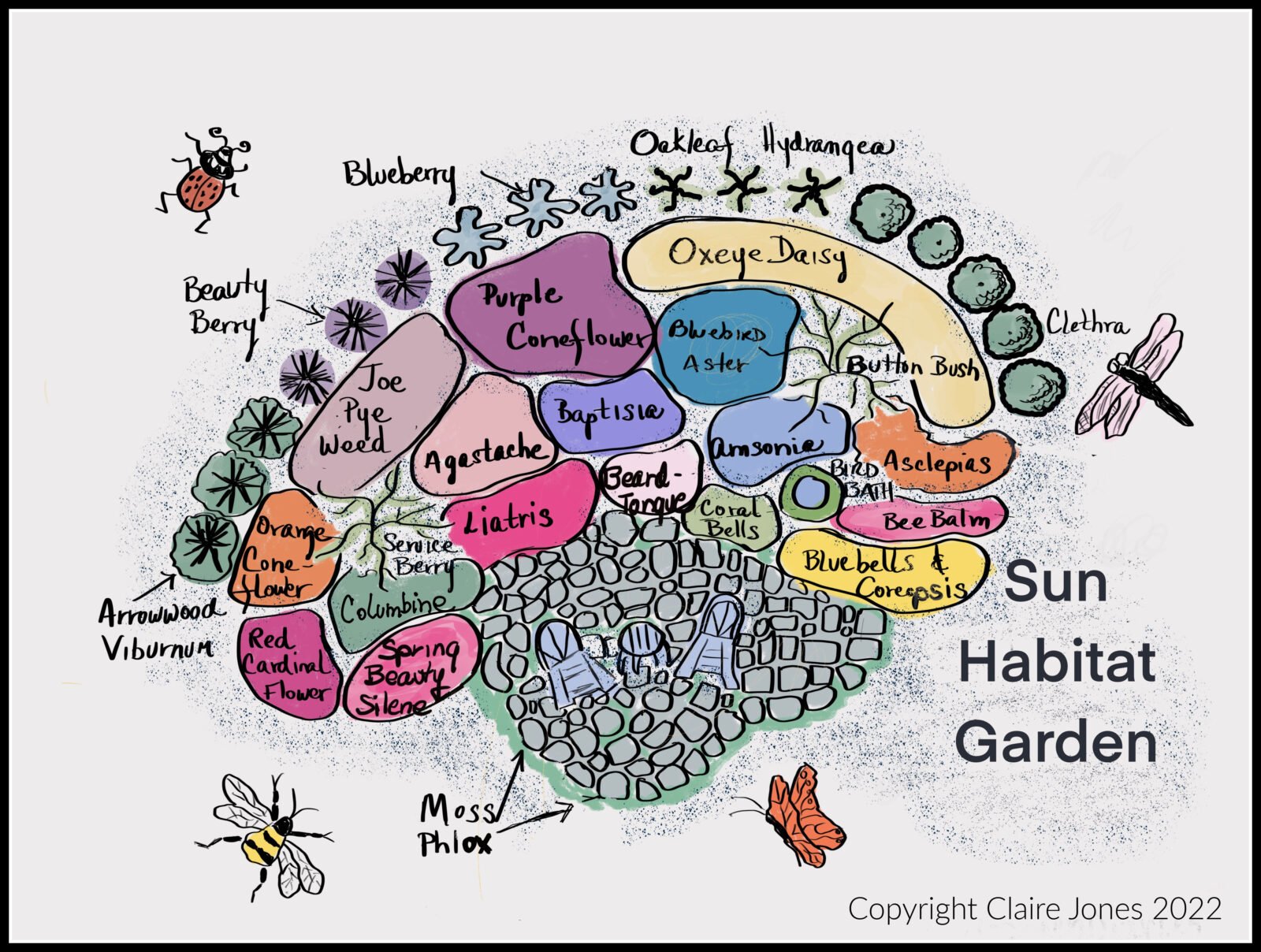
This blog post will cover how to design and install a Sunny “Habitat Hero Garden” with native...
Now Shipping for Spring 2024!